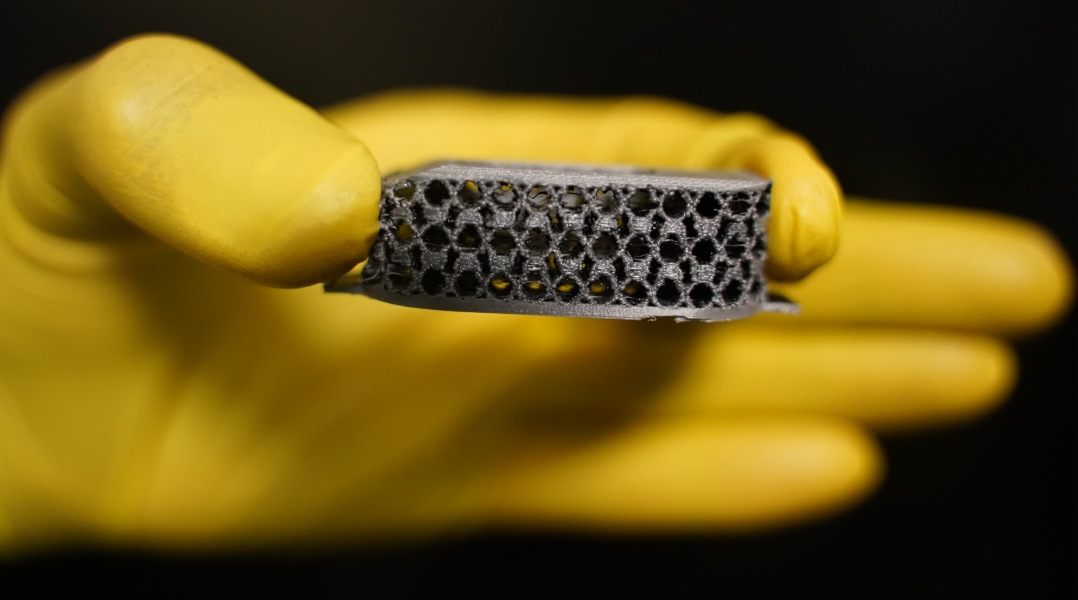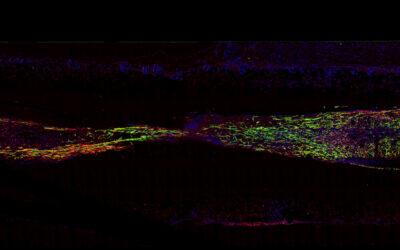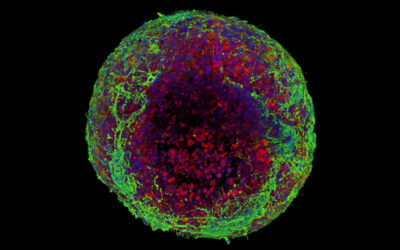Smart implants have been developed with a wide range of functionalities. However, integrating the electronics for sensing, energy storage, and wireless communication into small devices creates significant challenges.
“A viable solution to all of these challenges is to create a new class of smart implants that can utilize their constituent components to achieve advanced functionalities without using any external power source and bulky electronics,” explained Amir Alavi, a professor in the Department of Civil and Environmental Engineering and the Department of Bioengineering at the University of Pittsburgh.
Alavi’s research team has recently designed a smart, self-aware implant for detecting spinal fusion for the purposes of bone healing. “This is clinically significant because these devices can provide physicians the ability to directly and more precisely assess the progress of fusion compared to advanced radiographic imaging,” said Alavi. “Note that imaging modalities are also costly and expose patients to significant radiation.”
The spinal column is made up of bones or vertebrae that are separated by spongy cushions called intervertebral discs, which are stacked on top of each other. When a diseased or degenerated disc is removed through surgery, spinal fusion in the space between adjacent vertebrae is facilitated by intervertebral fusion cages. The cages have a large opening for housing bone grafts and smaller openings for bone regeneration.
Alavi’s research team has fabricated a fusion cage that can evaluate the progression of the spinal fusion on its own based on the load sensed by the smart cage. “We develop these implants using our patented meta-tribomaterial technology,” he said.
When inserted into the disc space, the smart fusion cage initially carries a majority of the spinal load. During healing, the load exerted on the cage gradually diminishes and shifts to the bony structure formed inside and around the cage. A voltage signal generated by the self-aware cage is continuously measured, which is proportional to the forces applied to its structure — the voltage decreases during the fusion process.
The team performed mechanical tests on the implants to evaluate their static and dynamic fatigue properties using standard protocols such as American Society for Testing and Materials (ASTM). “We have also tested these spinal implants using synthetic spine and human cadaver spine models,” explained Alavi.
“While orthopedic implants seem to be the most immediate application area, other medical fields can also benefit from our technology. For instance, the same approach can be used to design smart cardiac stents with sensing and energy harvesting functionalities,” he added.
Reference: Amir Alavi, et al., Patient-Specific Self-Powered Metamaterial Implants for Detecting Bone Healing Progress, Advanced Functional Materials (2022). DOI: 10.1002/adfm.202203533

















